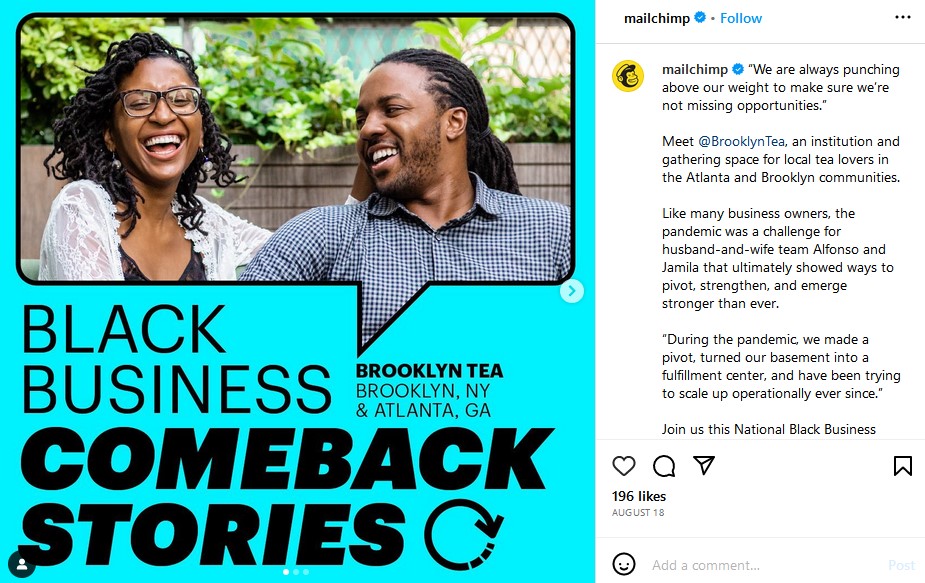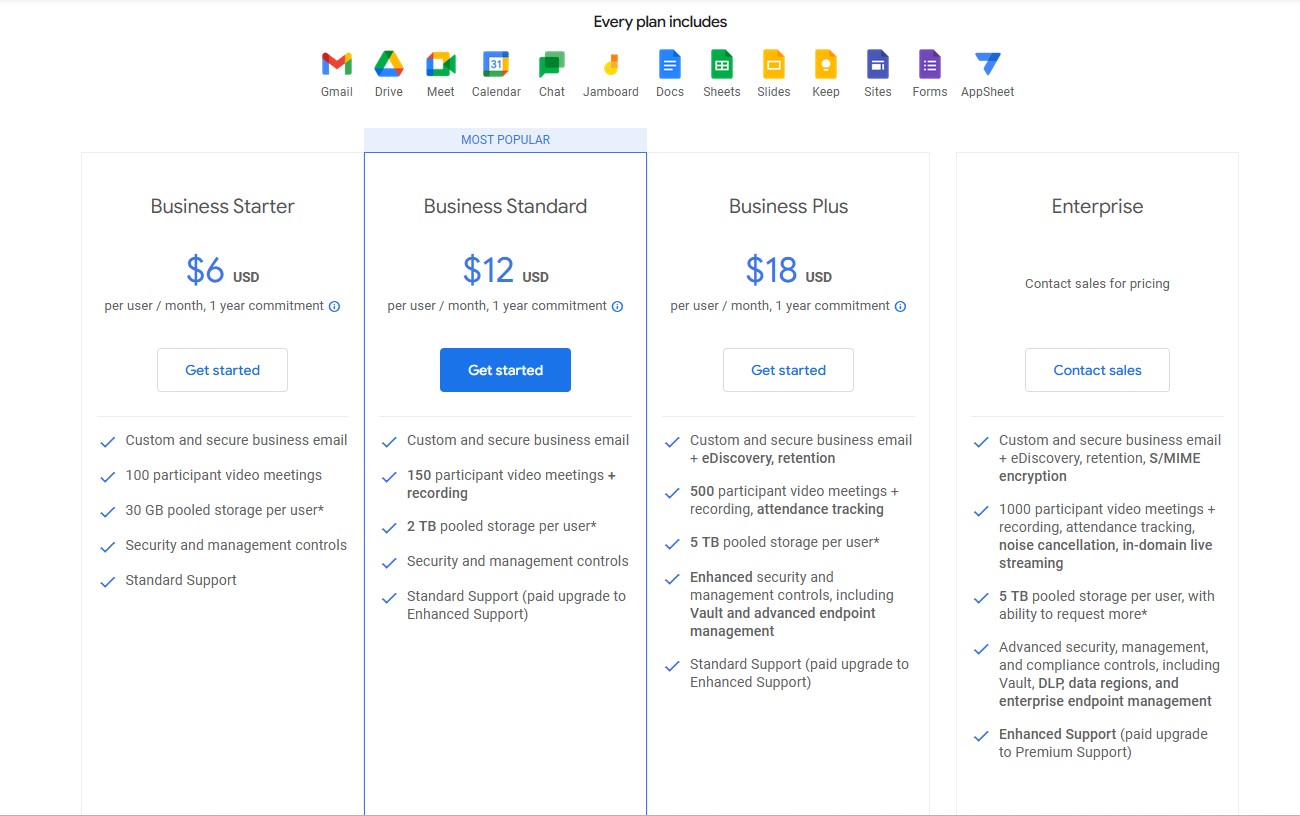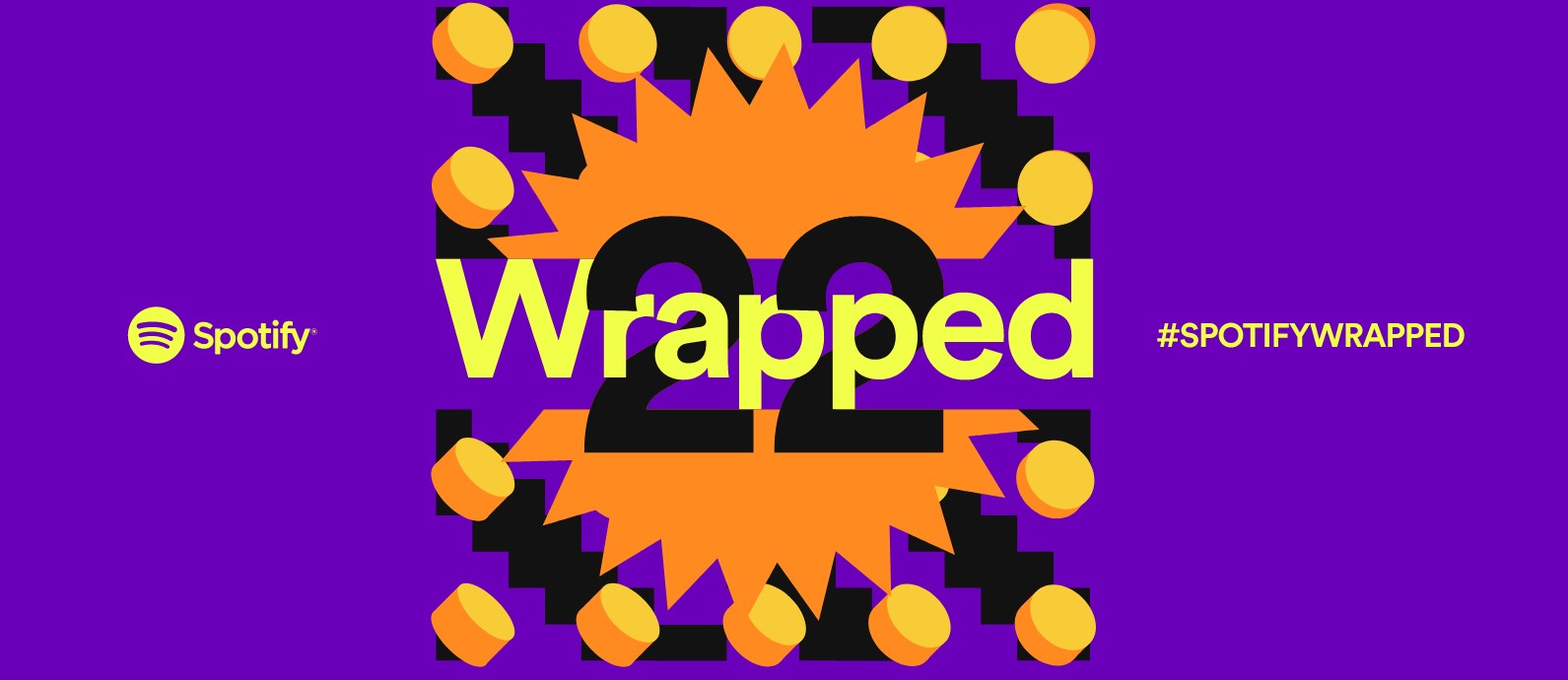Introduction
If you find yourself confused whenever you stumble upon these terms, you’re not alone. Read on as we unpack B2B and B2C branding, best practices, and insightful examples to leave you inspired.
But before we get entangled in the web of B2B and B2C, let's take a moment to grasp the essence of marketing and branding.
Defining Marketing and Branding
Many think that marketing and branding are interchangeable, but they are distinct activities that result in a cohesive strategy.
Marketing is the use of tools and strategies to capture the attention of your target market, communicate your products and services, and generate sales. This includes paid digital ads, branded social media accounts, events, and referral programs.
Branding focuses on the core of a business—mission, vision, and identity—and how it resonates with its customers. It evolves, takes time to establish, and forms the very foundation of your marketing.
Marketing nurtures brand curiosity and education. As the relationship moves from purely transactional, you can identify niche customers who can connect with every aspect of your brand.
What’s the Difference Between B2C and B2B Branding?
Business-to-business cater to other enterprises’ needs to help them deliver goods and services. B2C or business-to-consumers are companies that transact directly with individuals or end-users.
For example, think of your favorite retail clothing shop. They rely on B2B suppliers to get the materials they need to complete their design. The retail shop itself is a B2C company that sells directly to customers.
Now, how does this translate into branding?
B2B Branding Overview
This segment is a unique mix of managers and business managers from various industries, such as hospitality, food and beverage, tech, fashion, and more. It includes government offices, private agencies or institutions, resellers, and producers, too.
Take SaaS companies like Salesforce and Slack for instance. They serve business entities in need of cloud-based services to manage internal communication and organization. However, each business has varying challenges and pain points to overcome. That's why B2B branding requires a carefully crafted strategy that effectively communicates how the brand can meet client expectations.
B2C Branding Overview
Unlike B2B, the B2C segment focuses on captivating as many individuals or personal customers. They are differentiated according to age, location, occupation, interests, and lifestyle, to name a few.
B2C branding often relies on creating a presence on different online and offline channels, using multiple communication formats, and incorporating how the products fit certain lifestyles. Nike inspires individuals to achieve greatness by tapping high-profile athletes, crafting compelling content on social media, and other efforts that associate the brand with success and athleticism.
This brings us to relationship building, customer needs, and buying behaviors.
B2B vs B2C: Customer Needs, Relationships, and Behaviors
With different markets, how do both of them build and nurture their relationships with customers?
B2B Customers are Deliberate Buyers with Functional Needs
B2B customers are not your average buyers. They have multi-level problems, like optimizing performance and products. Consequently, the relationships built with customers tend to be recurring and long-term.
Given the high stakes and multiple approvals before purchase, it's no surprise that customers demand consistency. Trust and product reliability become crucial ingredients for a flourishing partnership.
For a solid partnership, it is essential to invest time with customers and tailor their experiences accordingly. This involves breaking down their goals and objectives, timely responses to inquiries, and offering value-added services like technical support.
B2C Customers are Impulsive Buyers with Emotional Needs
As for B2Cs, the decision-making is quicker and more efficient than B2Bs. Imagine wanting to buy an ice cream from Dairy Queen- there's no need to consult your boss, you can simply indulge on a whim.
While B2C purchases can be rational, especially for high-priced products, they are more likely to act on their impulses, desires, and preferences to achieve immediate satisfaction. Moreover, B2C customers gravitate to brands that offer a sense of belongingness that reflects their values and ideologies.
To attract B2C customers, craft marketing communication strategies that evoke feelings, prompt interactions, and deliver compelling messages. By leveraging storytelling techniques, brands can create connections and build an emotional bond with their B2C customers.
Key Factors to Consider for Your Branding Budget
Another vital point to pin down in your branding strategy is budget. This is determined by the size of the target market or customer count, marketing channels, relationship-building process, and market competition.
1. Target Market Size
B2Cs often have a larger target market than B2Bs. And with lower-priced products, B2C brands can attract millions of potential buyers. As a result, they spend more on advertising and marketing efforts to raise awareness.
While B2Bs often offer expensive products that appeal to fewer buyers. Hence, their investment focuses more on long-term relationship-building efforts.
2. Marketing Channels
Speaking of long-term relationships, brands commit to niche-driven marketing channels that allow personal interactions. You have road shows, product demos, networking and workshops, and other industry-related events where they can meet business leaders and managers.
Brands also allocate a chunk of their budget to content marketing, email marketing, case studies, co-branding, and referral programs.
On the flip side, B2C brands are more likely to use platforms that target a broader market, including print media, social media platforms, and influencer marketing.
3. Relationship-Building Process
Let's be honest, building relationships is an ongoing journey with no single formula. For B2B brands, maintaining rapport involves regular communication via email, calls, or meetings. They often seek out collaborations where both sides could win.
For B2C brands, strengthening relationships may entail product customization, loyalty programs, and establishing communities where they can connect. Doing so creates depth in the customer experience provided.
Finally, the key to relationship-building is stellar customer support in place. It makes customers feel heard and valued. And their feedback becomes a valuable tool for growing your brand.
4. Competition
Your competition can impact your branding budget decision. And one way to figure your way around is through market research.
Conduct a thorough competitive analysis to understand how other brands position themselves. With more data, you can effectively identify your unique selling proposition and tailor your branding activities to resonate with your audience.
Lastly, define your branding goals, such as increasing brand awareness, rebranding, or expanding to new markets. Armed with these insights, you can make a more informed decision in estimating your branding budget.
Product Positioning Insights
Product positioning refers to how you want to be perceived by your customers. It's like having a compass that helps you navigate your brand as you progress. In effect, you can communicate your unique value, attract the right audience, and create a tribe of loyal customers.
But how do you find the perfect product positioning? Check out these product positioning strategies to get you started:
- Pricing-based positioning strategy. Price tags play a key role in attracting your customers. Take the Dollar Tree, where savvy customers purchase just about anything, like accessories, skincare, and even vitamins, for $1.25 or less. On the other end of the spectrum, luxury brands position themselves as high-end and premium, commanding top-dollar prices for their products.
- Features-based positioning strategy. Quality often tramples pricing. Whether it's innovative tech, sustainable materials, or a one-of-a-kind design, lean into the unique features and durability of your brand to set yourself apart.
- Competition-based positioning strategy. It can be confusing for customers to choose brands, especially for everyday items and other basic goods. That said, analyze your competitors' positioning strategies and find a gap in the market that you can fill.
- Customer-base positioning strategy. In contrast to competition-based positioning, the customer-based positioning strategy highlights how the products can improve the lifestyle of its end users.
B2B vs B2C Differences at a Glance
Overall, both branding strategies differ in the target audience, the complexity of products/services, relationship building, marketing channels, purchase process, and messaging approach.
| Branding Factors | B2B Segment | B2C Segment |
|---|---|---|
| Customer Relationship | Longer sales cycle, personalized relationship | Transactional, sometimes one-off relationship |
| Customer Needs | Driven by functional or logical needs | Driven by emotional needs |
| Market Size | Niche | Broad |
| Branding Budget Allocation | Focus on in-person efforts (Networking events, workshops, road shows, email marketing, customer service, case studies, long content, and co-branding) | Multi-channel marketing strategy (Print media, events, social media marketing, influencer marketing, and customer service) |
Examples of Successful B2B and B2C Branding
B2B Branding Examples
1. MailChimp's Veers Away from Conventional B2B Content
Marketing automation and email marketing platform MailChimp has amassed billions of B2B users worldwide, and it’s easy to see why. Their approach to branding is diverse and creative across different platforms. For instance, a quick look at its social media platform and website shows playful elements—vibrant color palette, cartoonish icons, friendly tone, and branded font—carefully integrated into its content.
These design elements aren't only for aesthetic purposes. They explain the product offerings easily and establish MailChimp as an easy-to-use platform. Lastly, the brand also features employee spotlights, tips to nurture a healthy workplace, and stories of small business owners that help its customers be inspired and grow.
As such, MailChimp continues to deliver on its mission “to create a culture that empowers a humble, creative, and independent workforce.”

MailChimp inspires its followers with heart-touching stories from its partners via Instagram
2. Google’s B2B Powerhouse Features
Google has you covered with a wide variety of productivity tools at your fingertips. Taking a step forward, the brand has released Google Workspace unifying all these tools and delivering a more efficient and enjoyable experience.
Moreover, customers can choose from different business plans that range from $6 to $18 a month. For larger corporations, they can upgrade to an Enterprise plan. Lastly, the company introduced Grow with Google, an initiative that offers career courses for business partners looking to upskill and reskill their teams.

Users can choose from flexible business plans via Google Workspace
B2C Branding Examples
1. Spotify: Unveiling Your Musical Journey

The annual Spotify Wrapped becomes a viral hit across the globe. Screenshot via Spotify
Spotify Wrapped, an annual recap of your favorite artists and songs, top global artists, and recommended new artists, has taken center stage in recent years. But, what excites users is how it gives a peak into their musical listening personality - an early adopter, a deep diver, or an adventurer. This amusing feature resulted in millions of user-generated content on social media.
2. Warby Parker Revolutionizing the Eyewear Industry

Featuring successful people from all walks of life via Warby Parker
In a highly competitive market, Warby Parker has emerged as a game-changer in the industry of prescription glasses and other eyewear. What started as an online shop has become a massive success, with multiple physical stores across North America. But what catapulted the brand into success?
One key factor is its customer-centered approach to innovating its products. Unlike traditional retailers, you can personalize your glasses order according to your style and needs. The brand also leveraged convenience through its home try-on program, where customers can choose several frames to test before purchase.
Moreover, the brand retains transparency by sharing information about the sustainable materials it uses for its products and how they are made. Warby Parker has collaborated with several non-profits and government offices to support the needs of underprivileged communities, like its Buy a Pair, Give a Pair program.
Growth Hacking Branding Strategies
Here are some innovative techniques that you can effectively build to establish and expand your brand. These strategies focus on generating rapid growth and emphasize optimizing your brand identity.
Go Digital
It’s not enough to stay on trend. In today’s fast-paced market, becoming an early adopter, especially in a digital-driven world, can help you thrive and reach success. No longer bound by traditional methods, everyone relies on multiple devices to manage their daily activities and communicate with each other.
So, imagine what your brand can do when you integrate digital tools. You can increase your visibility, improve lead generation, and push your market growth. Embracing digital platforms also results in seamless and personalized brand experiences for customers. For these reasons, most companies are now fully embracing digitalization in branding, marketing, and other business aspects.
Uphold Brand Values
Building trust, loyalty, and credibility begins by upholding your brand values or what you stand for. With consistency, your customers start to recognize your brand’s unique identity, which helps in setting you apart from the competition. Over time, your brand gains recognition and loyalty making you a brand authority in your industry.
Amplify Social Media Engagement
Whether you fall under a B2B or B2C brand, social media has become an important platform for every business. Case in point, 90% of social media users follow at least one brand, and over 70% are influenced by branded content to make a purchase.
Here are some tips you can implement in your social media marketing strategy:
- Inject your personality: Cut through the noise and let your authentic you shine when you bring your brand's personality into the mix.
- Visual content is key: Don't be afraid to push your creative boundaries when producing images and videos. Visuals can help convey messages more effectively while keeping your content engaging.
- Interact with your audience: Show that you value what your customers have to say by responding to comments, messages, and mentions. If you’re lucky, you may even pick up golden nuggets of information to improve your products and services.
Optimize Your Branding with Digital Marketing
Digital marketing has taken center stage in growing brands as digitalization continues to rise. It has become crucial for businesses to optimize their strategies to improve their bottom line. And you can do this by utilizing data-driven to polish your branding campaigns. You can also tailor memorable customer experiences that will have people talking. Finally, having a strategic digital marketing can help expand your market and discover unique opportunities.
Sep 18, 2023
